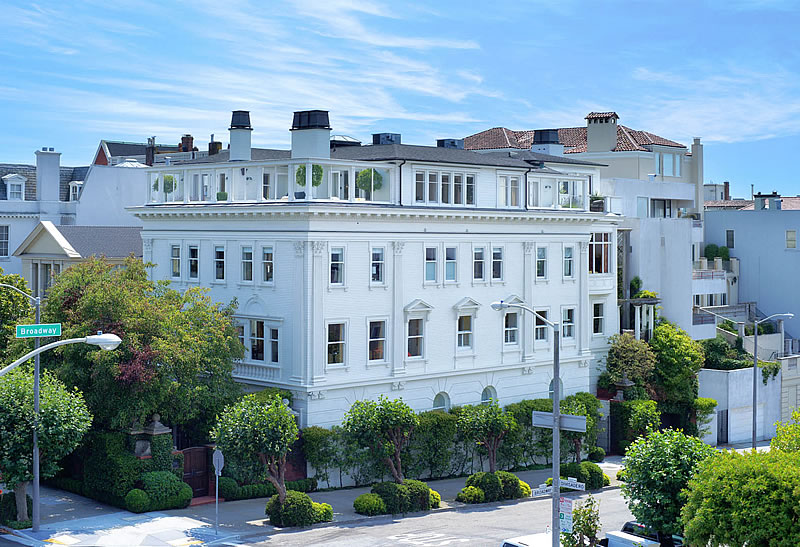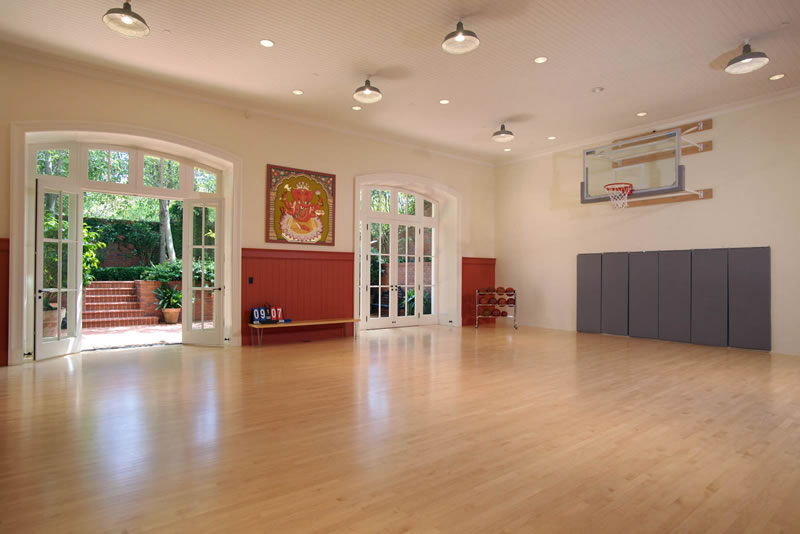This year’s parade of gray whales
along the California coast is one of the best in decades, continuing a
remarkable comeback story for a species that was hunted to the brink of
extinction and in more recent years experienced high death rates due to
food scarcity.
Marine biologists say that at the
moment, a population estimated at more than 20,000 gray whales appears
to be healthy and reproducing well, as compared to the hundreds that
washed up dead and the emaciated individuals that were observed 15 years
ago as changing oceanographic conditions eliminated or modified their
food supply.
“Right now, it’s a good story — a
population that recovered and is doing well,” said Wayne Perryman, a
federal marine biologist who has been studying gray whales for 22 years.
“The animals look robust and healthy.”
Whale tour boat operators are reporting a banner year for sightings.
“This was the most impressive gray
whale season that I’ve had in all my years,” said Capt. Rick Powers, a
Bodega Bay skipper who has been conducting tours for 31 years.
“We saw gray whales every single
trip this season. It’s very unusual to go out every trip and bat a
thousand,” he said of the trips he’s led so far this spring.
Despite the rosy picture, scientists
are concerned the whales face continued peril from the unfolding
effects of climate change. And advocates for the leviathans, such as the
California Gray Whale Coalition, worry that a Washington state Indian
tribe’s current proposal to resume traditional gray whale hunting could
open the door for more widespread killing of grays, as well as
humpbacks.
The gray whales, which spotters say
make up 95 percent of the whales seen off the Sonoma Coast, face a host
of challenges, from both man-made obstacles and natural predators, as
they head toward their Arctic feeding grounds, where they gorge during
the summer on tons of minuscule, shrimplike bottom-dwelling amphipods.
The round-trip migration, which
averages approximately 12,000 miles, is considered one of the longest
among mammals. The northbound migration off the California Coast is
expected to run through May.
Bodega Head provides one of the best
places on the Sonoma Coast to spot the whales as they come past Doran
Beach, and around the mouth of the bay, just outside the surf line.
“The cows and the calves come by
very close to the shore — within 100 yards,” said Larry Tiller, a
naturalist who is at Bodega Head almost daily to help people spot the
whales, which can measure up to 50 feet in length, and educate them
about the mammals.
Conditions were windy with 20- to 25-mph gusts on Wednesday as Tiller spotted the telltale spouts and backs of whales.
“Right on cue,” he said as a couple
pairs of mothers and calves appeared. “They’re going north to Alaska,”
he announced to curious observers, including one middle-aged woman
seeing a whale for the first time.
“It about made me cry. I saw the
fluke, two little spouts. I’m no longer a whale virgin!” exclaimed Gusti
Boiani, an energy medicine practitioner from Colorado.
As the calves, most of which are
born in the warm waters of Mexican lagoons, swim north for the first
time under the protective presence of their mothers, they have to
contend with avoiding boats and freighters in major shipping lanes, as
well as fishing gear — nets, lines and floats — that can entangle them.
There is also underwater noise from seismic surveys that advocates see
as a serious threat to the whales.
One of the biggest hazards is killer
orca whales eager to pounce on the relatively defenseless baby gray
whales if they stray, for example, into the deeper waters of Monterey
Bay.
Mother whales try to fend off
attacks by having the babies roll onto the mothers’ backs. But thousands
of miles ahead is another formidable challenge — Unimak Pass — a choke
point at the Alaskan Peninsula where orcas congregate.
“There are probably 200 killer
whales waiting to make calf sandwiches. They lose quite a few,” said
Perryman, a scientist with National Marine Fisheries Service.
He said that by the time the mother
gray whales arrive there with their calves, “They are out of gas after
lactating four months. There’s not much strength left.”
By some estimates as many as
30 percent of the newly born whales don’t survive their first year. But
once past that critical first year, gray whales can live 40 to 60 years,
with some making it perhaps to 80 years of age.
Biologists say the past four years
have been good for calf production following high overall mortality
rates for both adults and calves in 1999 and 2000.
“In the last four or five years, the
numbers have picked up,” said Steven Swartz, a marine biologist who has
studied gray whales for almost 40 years. “It suggests they found enough
food and the population is healthy enough that they’re starting to
reproduce like they used to.”
Swartz, who focuses his studies on
the whale nursery in San Ignacio Lagoon, Mexico, said the whale
population looks quite healthy. “The whales are looking good and their
birth rates are coming back up,” he said.
He said that by some estimates, as many as 10,000 whales may have died over several years, around the turn of the 21st century.
Scientists theorized that high water
surface temperatures led to a decline in the amphipod mass that the
gray whales feast on in the Bering and Chukchi seas, and they had a hard
time building up enough blubber to sustain themselves on their
migration to the Mexican lagoons.
Researchers from the National
Oceanic and Atmospheric Administration said the evidence indicates the
whales are delaying their migration some years, expanding their feeding
range along the migration route and northward to Arctic waters, even
remaining in polar waters over winter — all indications that the North
Pacific and Arctic ecosystems are in transition.
An Atlantic gray whale population
was believed to have become extinct around 1750 at the hands of whaling
fleets. But as polar ice has receded and the Northwest Passage has
opened, solitary gray whales again have made it into the Atlantic, even
showing up in the Mediterranean and off the coast of Namibia, in Africa.
Gray whales have a unique advantage in the way they are able to switch their diet. Although primarily bottom feeders
who suck up their food, they also can skim and gulp other types of prey
such as ghost shrimp, mycid shrimp and pelagic crab.
“One of the characteristics that’s
made them so successful is if they can’t find their primary food on the
bottom, they can take advantage of other sources of prey to make ends
meet,” Swartz said.
During their migration along the
California coast, gray whales are counted in a couple of spots as part
of organized efforts using volunteers with binoculars, as well as by
government scientists aided by aerial photography and even
thermo-imaging that can detect the warm-blooded creatures at night.
Biologists who have been keeping
count of the whales for decades say that this year witnessed a record
southbound migration and one of the highest years for northbound whales,
with plenty of healthy-looking youngsters.
“It’s another really, really good
year,” said Alisa Schulman-Janiger, Gray Whale Census director for the
American Cetacean Society’s Los Angeles chapter. She said that this year, there were
1,901 whales counted on the southbound migration, the highest in the 32
years her organization has been doing it.
Not only has the Cetacean Society
seen high numbers, Schulman-Janiger said every whale tour operator in
Southern California she’s talked to says it’s the best year they can
remember.
The gray whale was one of the first
to be designated for protection under an international whaling
agreement in 1937, but 20 years ago it was removed from the list of
endangered and threatened species.
That has led a Native American
tribe, the Makah of Washington, to propose that the U.S. government
allow it to resume limited hunting, killing a maximum of five gray
whales annually.
Whale protection groups are
adamantly opposed, saying it will set bad precedent, with other tribes
and nations wanting to get back into the hunt.
“Killing whales in the 21st century
has no place in any culture,” stated Sue Arnold, director of the
California Gray Whale Coalition.
“There is no way of predicting the
future, but what the coalition can say is that with the extent of
threats, the future of the gray whale is not secure,” she said in an
email.
The gray whale has managed to
overcome a lot of adversity. Scientists say the modern species has been
around for 120,000 to 140,000 years, through a constantly changing
coastal habitat of rising and falling sea levels and multiple ice ages.
“They’re called robustis for a reason,” Swartz said referring to their Latin nomenclature. “They are a pretty good survivor.”
Article and images sourced from http://www.pressdemocrat.com/news/3870565-181/whales-make-comeback-off-sonoma?page=0
















 WITH
WITH 
















